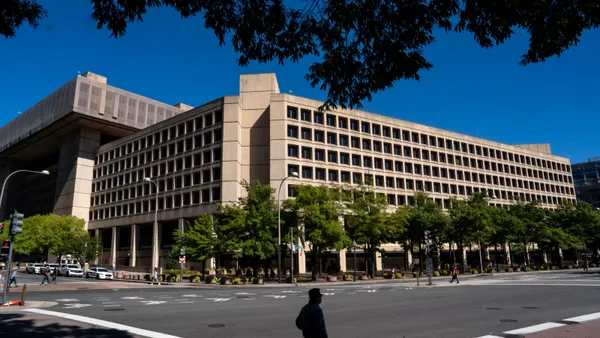Dive Brief:
- The number of U.S. jurisdictions adopting building performance standards has nearly doubled since 2020, with legislation enacted in three states and nine localities, according to a report published last month by the nonprofit research organization American Council for an Energy-Efficient Economy.
- The report says these regulations, which aim to reduce the carbon footprint of buildings by requiring them to meet certain standards, are a key climate policy and can, in some ways, “be thought of as the existing-building analog” to building energy codes for new construction.
- ACEEE Executive Director and report co-author Steven Nadel said in an interview he is “really impressed how much progress there has been made” since the nonprofit published a similar report on building performance standards in 2020. For example, he said, more jurisdictions are creating longer-term plans and recognizing that affordable housing may require special provisions.
Dive Insight:
It’s not new for states and cities to encourage energy efficiency upgrades in existing buildings, with such programs existing for decades, the report says.
However, these programs are too weak in the face of climate change, the report continues, noting that at current rates, it will take more than 300 years to complete whole-building retrofits on all homes and apartments and more than five decades to complete retrofits on all commercial buildings.
Jurisdictions that have enacted building performance standards include Colorado, Maryland and Washington state, as well as cities such as Reno, Nevada; St. Louis and New York City, the report says.
A “key issue” is whether jurisdictions should base standards on buildings’ energy use or greenhouse gas emissions, the report says. They are increasingly turning to the latter, Nadel explained — whereas “virtually all” the standards examined in ACEEE’s 2020 report were energy standards, many more jurisdictions examined in the new report are carbon standards or a combination of carbon and energy standards.
Leaders have historically shied away from carbon standards in part due to the complexity of determining the exact carbon footprint of energy used by a building, Nadel said. However, cities are starting to determine ways to overcome that barrier by administratively setting a standard number for the carbon footprint of each unit of energy, he said.
“That way, the building owners know, ‘OK, there’s so many pounds of carbon per kilowatt-hour,’ and they can just do it, as opposed to ‘Well, I don’t know what the utility is doing. Why are you putting this on me?’” Nadel said.
Jurisdictions are also increasingly accounting for the unique challenges building performance standards pose for affordable housing — a nascent issue in 2020, Nadel said. It can be particularly difficult for affordable housing to comply with building performance standards because the buildings tend to be less energy efficient, owners often don’t have the money to improve the buildings and upgrades spur concerns about rent increases, the report notes.
To address these challenges, many jurisdictions have made special allowances for affordable housing, such as delayed compliance deadlines and extra funding and technical assistance. While many building performance standards include exemptions, meaning certain buildings are not subject to the rules, the report says that program implementers generally advised other jurisdictions to limit those cases.
Building owners may be motivated to get ahead of the regulations as an increasing number of cities set long-term goals for building performance standards, Nadel said.
“When I talk to some people I know in the HVAC industry, for example, already in places like New York and Boston, they’re finding that building owners are saying, ‘OK, I know this is coming. When I replace my chiller, when I replace my boiler, that’s going to be the one that’s going to have to meet this long-term standard,’” Nadel said.
While the report highlights that regulations will be unique to each jurisdiction, it floats the idea of “improved standardization” of building performance standards to reduce the workload associated with these regulations. The report also stresses that jurisdictions implementing or considering building performance standards should consult stakeholders; have adequate staffing; and complement standards with education, financing and technical assistance for building owners.















